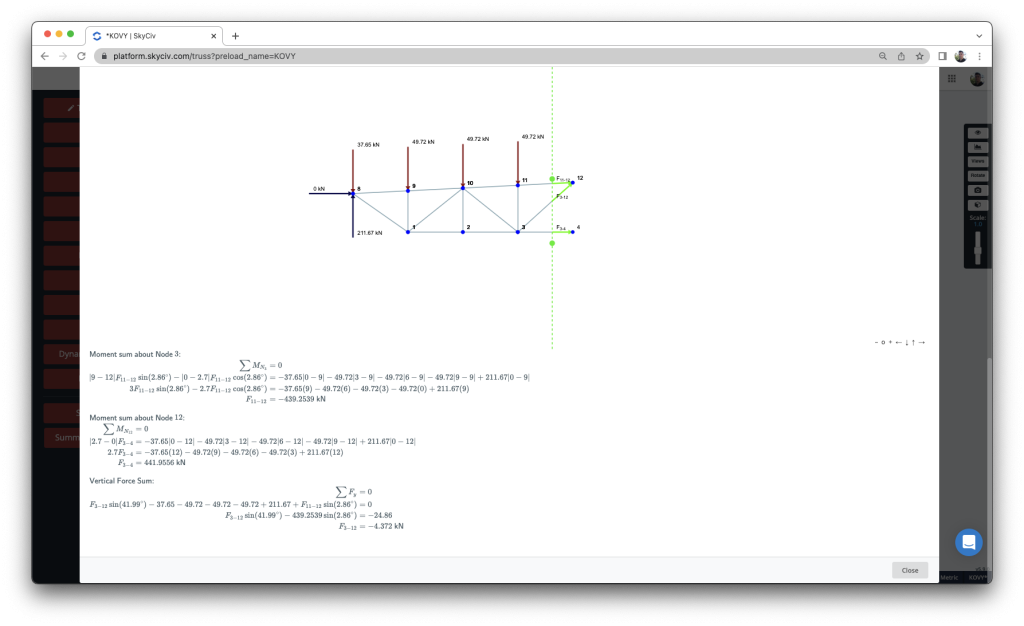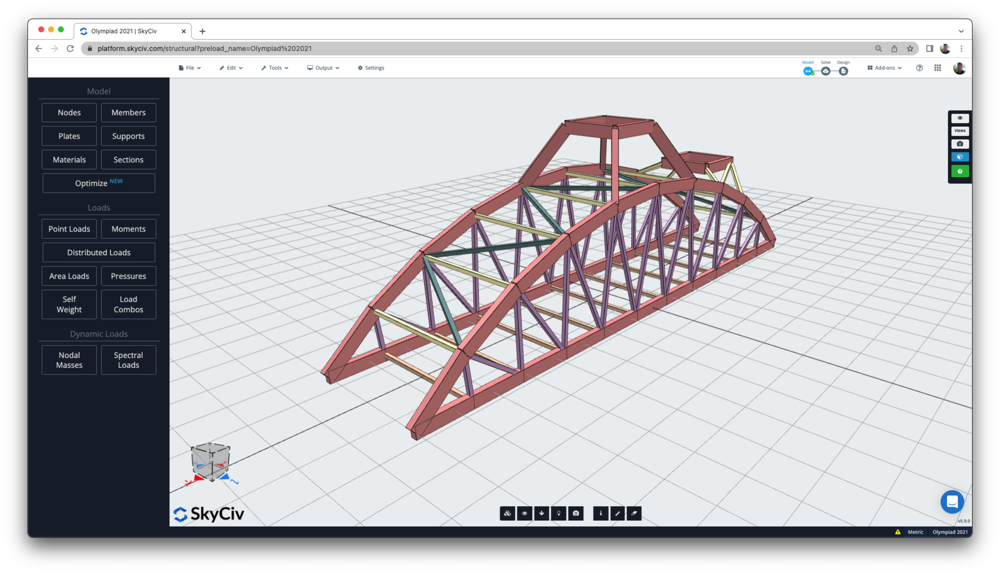Stanford University School of Engineering is one of the top engineering schools in the world; often at the forefront of innovation and technical advancements. Founded in 1925, the School of Engineering has played a significant role in developing cutting edge technology that has helped shape and transform the areas of IT, communication, health care, business and beyond…
SkyCiv has been a proud supporter of Stanford since 2019: providing students of the Stanford University School of Engineering access to powerful, yet easy to use structural analysis software. The software, which was first released over 7 years ago, always had a background in Education. The first tool was built out of the pain of two students learning how to use complicated and traditional download/install structural analysis software.
Fast forward to today, SkyCiv is used by students from more than 2,000 schools worldwide.
Today we will be exploring how Stanford University has partnered with SkyCiv to deliver a unique practical and engaging learning experience for their students. Presented in the words of Sheri Sheppard, Professor at the School of Engineering, let’s take a look at how SkyCiv is being used in the classroom:
Truss Hand Calculations
“We use SkyCiv in connection with two homework assignments. The first of these (HW5) is on trusses—after the they have learned to use methods of joints and sections, we introduce SkyCiv as a “checking tool.” Then on HW6 students use SkyCiv to generate shear and bending moment diagrams, after having learned to do these by hand with parametric problems.”

SkyCiv Truss Hand Calculation Module
Solid Mechanics
“We use SkyCiv in all three quarters of Engr14: Introduction to Solid Mechanics. This is really a “statics” course with a number of other elements, including introducing concepts related to structural failure, showing analysis in the larger context of engineering (including its relationship to design & manufacturing), and having students see a variety of engineering career pathways. For many of the 240 students who take the course, it is their first engineering course.”
Balsa Wood Bridge Designs
“We also use SkyCiv for a 2-week project students do at about week 6. This involves their designing, analyzing, building, testing and documenting a 24 cm long balsa wood bridge that should carry between 150-220N of “roadbed” load. SkyCiv allows students to explore designs that would be too burdensome to analyze by hand.”

Students using Structural 3D to analyse and design Balsa Wood Bridges
Final Words
“SkyCiv makes it easy to introduce students to computer-based engineering analysis. The mechanical engineering majors in the class will go on to use Solid-Works (and its associated FEM solver) and ANSYS or Comsol. For Civil Engineering majors this dose of SkyCiv is their only real experience with computer-based analysis.”
“I really appreciate our partnership with SkyCiv!”
~ Sheri
Learn More
Click here to learn more about the Stanford University of Engineering
Want to use SkyCiv in the classroom? Click here to start a Free Trial of SkyCiv Education. The Trial includes free access to the full SkyCiv suite and the ability to upload students


